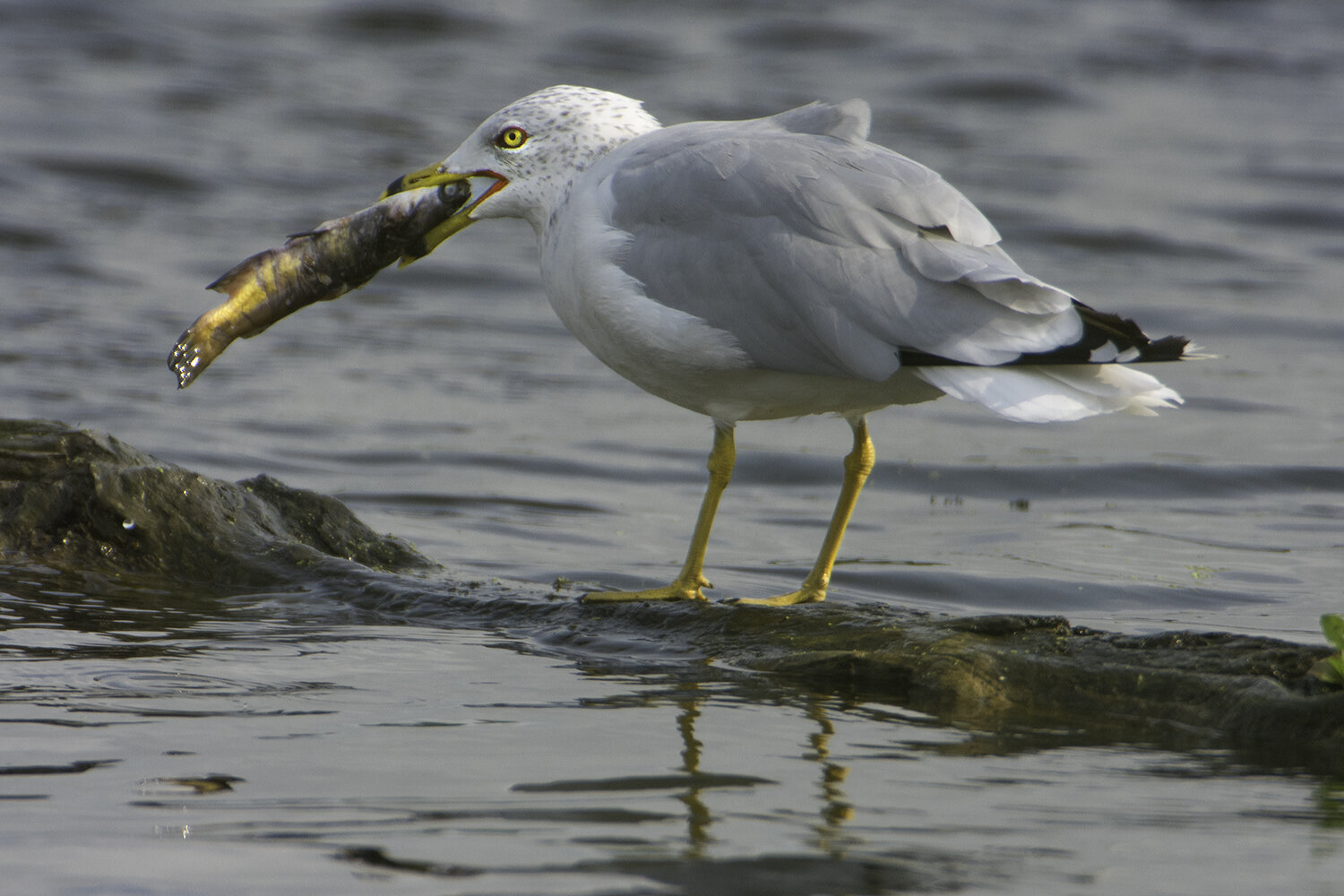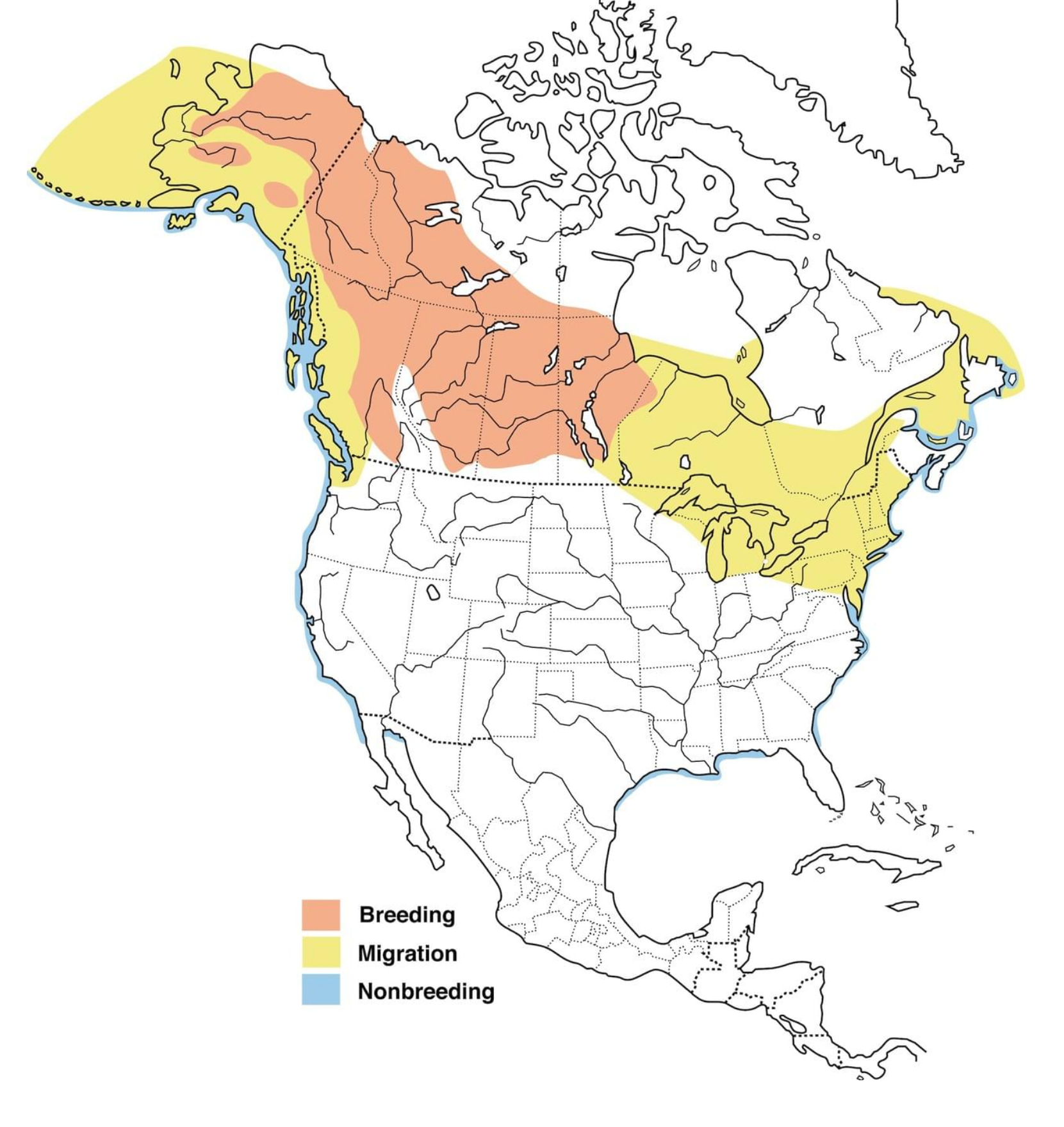Turkey vulture photo by Mick Thompson
We know Thanksgiving usually centered around turkeys. But variety is the spice of life, right? So for your pre-Thanksgiving entertainment, here are a few fun facts about turkey vultures:
A group of turkey vultures is called a committee, or a kettle if in flight, or a wake if they're feeding.
The scientific name means "cleansing breeze."
Turkey vultures can travel up to 200 miles in a day.
Their feet are useless for killing prey, but beaks are strong enough to rip through cow hide.
A bald head prevents a delicious meal of dead meat from getting stuck to their feathers.
What an incredible sense of smell! The wafting aromas of dead animals can be picked up from over a mile away.
They sometimes eat so much that they can't take off or fly until they digest some of their meal.
Turkey vultures vomit when they feel threatened.
Ok, who's ready for a holiday dinner?!
Before you get too involved in decorating, cooking, and enjoying, please mark your calendars for Giving Tuesday on December 1. Think Black Friday or Cyber Monday, but better! You can donate to support Madison Audubon's work through our website, any amount, at madisonaudubon.org/gt
If you are thinking about holiday gifts, check out our store for some great ideas -- tshirts, bird-themed greeting cards, a gift membership, or bundles for adults and kids. More info and options at madisonaudubon.org/store
And, if you are already shopping on Amazon, could we ask that you set your Amazon Smile account to benefit Madison Audubon? They donate while you shop!
With that, we hope that your Thanksgiving celebration is fun, relaxing, and orders of magnitude more delectable than a turkey vulture dinner. Thank you for being a wonderful part of this organization!
With a grateful, cleansing breeze heart,
Brenna Marsicek
Madison Audubon director of communications and outreach



















